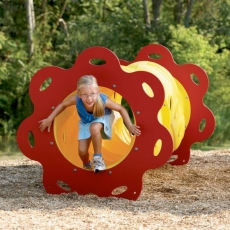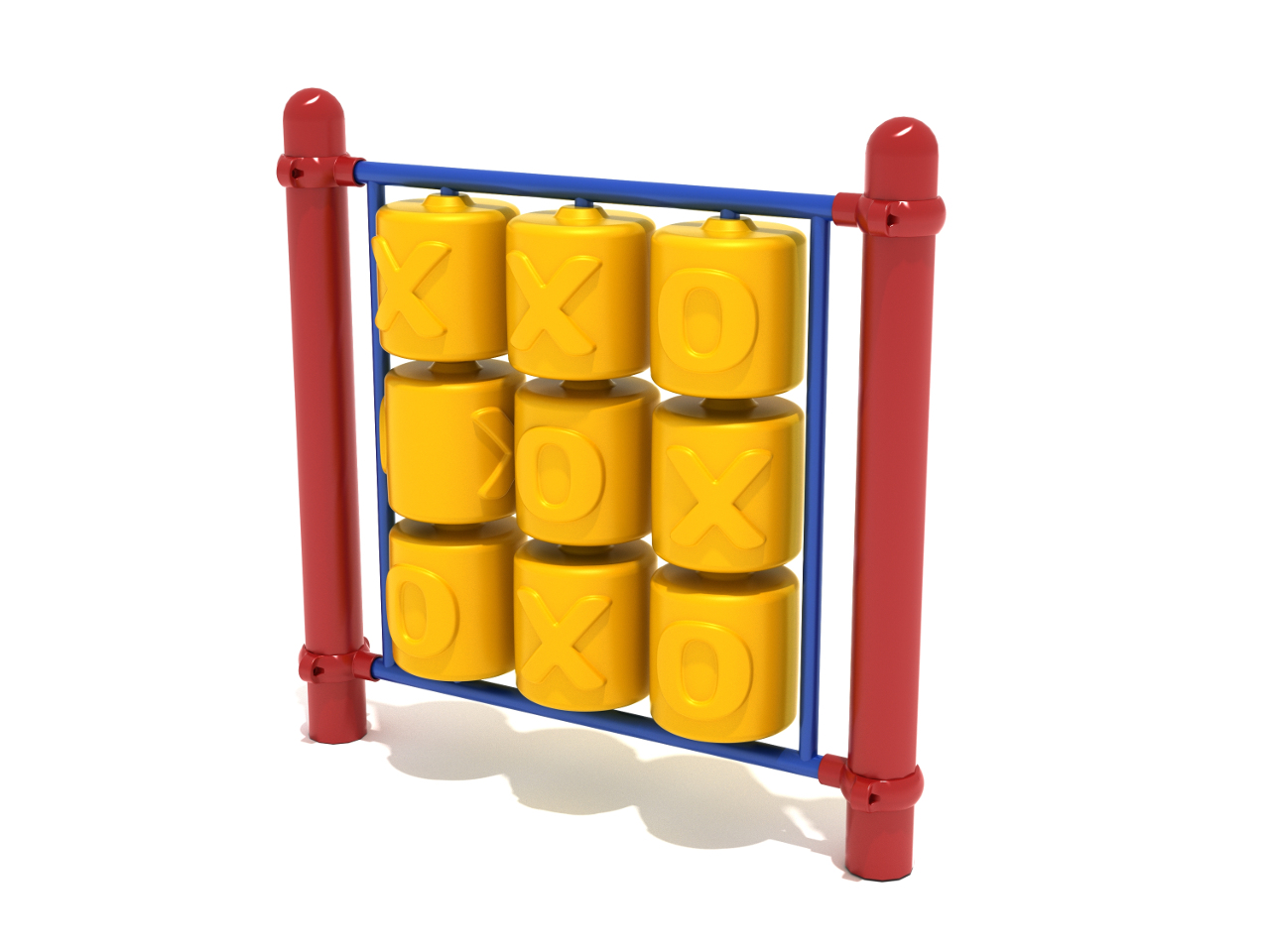Tic-tac-toe has been a part of almost everyone’s childhood, but for the wrong reasons. Most adults and children think it’s a simple game to pass the time; that it’s a game similar to what playing on the playground means today—it’s done when the power’s out and there’s nothing else to do.
Now that there are a lot of mobile game apps available, the importance of playground time and the seemingly simple game of tic-tac-toe has been overlooked. Children nowadays learn to be technologically savvy at an early age, using tablets or smartphones to learn their ABCs or hear audios of bedtime rhymes. This presents a problem especially if it sacrifices children’s time for fun outdoors like playing at a
commercial playground with other kids or playing games and puzzles with either their parents or teachers.
You might not even realize that simple activities like these can affect your children’s development, especially in their formative years.
Tic-Tac-Toe: A Game with Competing Goals
While the game of tic-tac-toe is really old, dating back to ancient Egyptians at around 1300 B.C., the underlying principles of the game have endured the test of time. The game seems simple enough. Two opponents, one using X and one using O, use a 3 x 3 grid to mark their symbols. The first one to get all three of his/her symbols in a row, whether it’s diagonal, horizontal, or vertical, wins the game. The ingenious catch here for children, which adults find trivial, is that the game is designed to end up in a draw. Only when one opponent makes a mistake will the other opponent win. This is where the simple game of tic-tac-toe gets a little more complicated.
When playing a game with only one opponent, you ultimately have two goals: to win and to not lose. As an adult, you know that the game of tic-tac-toe will result in a draw so you follow a strategy where neither you nor your opponent will win. You’ll think that this is a flawless combination of your two goals. But for children, they go for either and both goals. For example, in a
1993 experiment from Carnegie Mellon University, the researchers let a 5 year old girl play tic-tac-toe against a computer program. The results were that every time the child aims to win, she loses due to failing to block her opponent, but when she aims to not lose, the games result in a draw. This continued in alternates for 16 games. This experiment showed that what you thought as a simple integration of a goal was not always so stable.
But you might wonder what has this got to do with children’s cognitive development?
Think-Tac-Toe: The developmental values of the game with a brain
The game of tic-tac-toe is a game of predictability. The moves that are believed to be important are highly predictable. This also makes it a game of opposites in a way, because this goes against the definition of an “important move”. But this predictability is what helps foster strategic thinking in children. They can learn through observation what their opponents’ next move is and think ways on how to block them, a simple but effective version of chess. In order to figure out what else they can do in the game to win, the children are encouraged to think more logically. They, therefore, naturally develop their logico-mathematical thinking, which can help them in subjects such as math and engineering in the future.
Another good intellectual quality of tic-tac-toe is that it’s a game with rules. According to Fromberg & Bergen in their book “Play from Birth to Twelve” (2012), children playing games with rules can help in their intellectual, sociomoral, and personality development. This helps develop an advanced interpersonal understanding which result to better negotiation of conflicts with other children. They recommend that these educational games with rules be a vital part of children’s early education. But of course, the educational value of games such as tic-tac-toe become efficient depending on what you, the adult, will do. To help them develop their skills, you shouldn’t be giving them the answers outright. Let them figure it out and aid them by asking questions that can help direct them to the answer. Also, activities such as these develop the bond between you and your children.
Educational Games and Their Effect on Spatial Ability
By encouraging logical thinking, tic-tac-toe
helps children develop their spatial skills. This skill is important for their problem solving abilities—from everyday simple chores to complex mathematical equations Besides from a simple game of tic-tac-toe, children can also develop their spatial abilities by playing around commercial playground equipment.
You might think that playgrounds are places where children can go and have fun but there’s more to it than that. Play is an important part of the learning process. It helps develop their physical abilities and social skills through interaction with other children. They learn more about their world and themselves and at the same time get cognitive benefits through play.
Playgrounds now have evolved to not just be enjoyable but also foster a more creative learning environment. Teachers can use them to teach children skills they can’t learn from a normal classroom setting. Play systems have incorporated alphabet panels and tic-tac-toe panels to help children improve their concentration.

These tic-tac-toe panels improve hand-eye coordination and encourage better social interaction by better collaborative play. And children shouldn't just play with other children. Parents also have a role in the playground more than being supervisors. Children learn to interact with parents first before other people, so it’s important for parents in helping their children take their first few steps in social interactions. Playing tic-tac-toe isn’t just about playing with either the ‘X’ or the ‘O’. Likewise, playground play isn’t also just about running around and having fun. They not only help children in terms of cognitive growth but also personal growth and even meaningful life lessons. A simple game like tic-tac-toe can be a mirror of how people move through obstacles and handle decisions in life. It also shows you that the pluses outweigh the minuses and that you learn how to develop strategies to help you pull through. It’s these kinds of life lessons that you would want to share to your children.
But true to the process of learning, it’s best to let your children figure these out on their own. Let them run around playgrounds, play with new kids, and spend the afternoon jumping up and down. Limit their time in front of tablets, smartphones or laptops. Let them struggle to answer puzzles and games on their own, let them make mistakes, but always make sure to be nearby to help lead them to the right answer.
Just let them have fun. Let them use play time with freestanding tic-tac-toes with other children on the playground as a fun way to learn things, make new friends, and explore the world around them. The lessons they can learn and abilities they can develop from such activities will be priceless and worthwhile.



